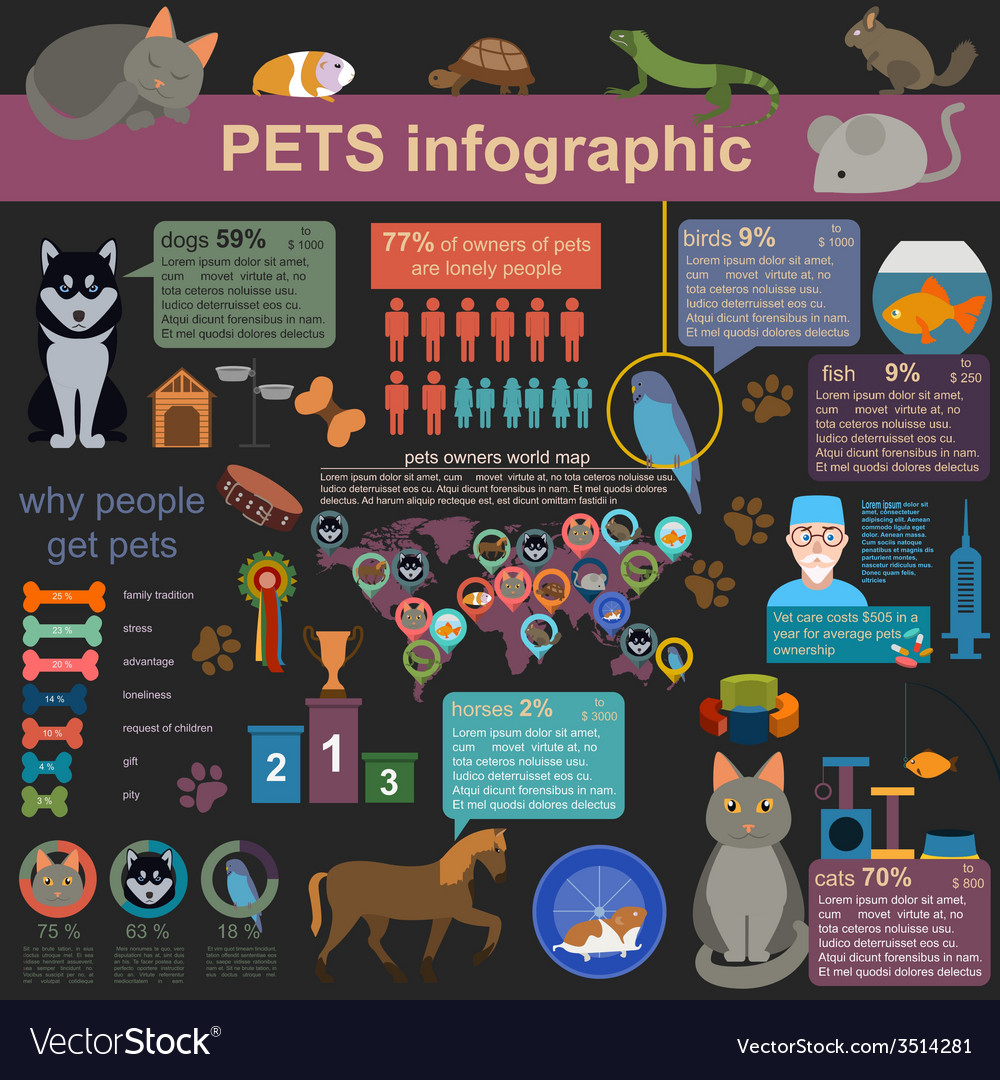Dog Daycare Observation Tips
Dog Daycare Observation Tips
Blog Article
How to Conduct a Pet Dog Day Care Habits Evaluation
Running a canine daycare involves much more than simply giving a safe room for pets to play. It additionally includes understanding each canine's behavior, and preventing dangerous actions like aggressiveness or splitting up stress and anxiety.
A practical assessment is just one of one of the most important devices a trainer makes use of. Using this device, they can examine the antecedents of actions. For example, why does a pet dog draw on-leash?
Temperament Examination
Temperament tests have actually been developed for a range of objectives, including examining work-related canine personalities (Hsu and Serpell, 2003) and to help choose pets for rescue shelters that are likely to prosper in the home environment (Arkow, 1994; Miller et al 1996). Nonetheless, these examinations lack clear goals or standardization, which minimizes their reliability.
When a family pet moms and dad makes an appointment for their canine ahead to daycare, make sure to tell them that the very first part of the analysis will include your character examination. Throughout this moment, you will separate the pet dog from their proprietor and observe their responses to a series of visual, tactile and odor stimulations, designed to gauge security, terror, aggression and self-protective actions.
Throughout this process, be sure to pay very close attention to the pet dog's head, neck and ear and tail stances, as well as their eye contact. This info will be very important for establishing the best playgroup for the pup.
Daily Routine
During your canine's stay at a day care, team perform a day-to-day regimen of play with other dogs, resting, enrichment activities, and training sessions. The routine ought to also include lots of time for the canines to kick back in peaceful locations when they are overstimulated or revealing indications of anxiety (e.g., grumbling, nipping).
When it is time for pick-up, the pet proprietor will generally obtain a thorough record on just how their pet dog connected with various other pets and what tasks they took part in throughout the day. This provides the dog proprietors an idea of what their pet dog experienced at day care and helps them reinforce positive actions at home.
An open line of communication in between the canine proprietor and the day care team is vital for ensuring that the childcare environment is secure and delightful for all entailed. Staff needs to talk with dog owners regarding their pet dogs' experiences at day care and make any needed changes to the canines' regimens.
Personnel Training
An excellent canine day care or boarding facility should have trained team in animal actions and first aid. Ask about their training and accreditations prior to making a decision.
Seek a staff with favorable perspectives towards pet dogs and excellent interaction abilities. Beware of high turnover prices as it can suggest administration issues that affect uniformity and quality of care.
Check the facility's family pet safety and security policies and group play rules. Trustworthy facilities prioritize safety and security and thoroughly match pet dogs based upon size, character, and actions to lessen hostility triggers.
Look out for signs of stress and anxiety or anxiety like hiding or extreme barking. These might signify that the pets are not getting the care they need or have been revealed to a stressful setting. Try to find staff that takes part in safe interactions, supervises group play, and steps in when required to handle actions and guarantee the security of all pet dogs in their treatment.
Toys & Food
An excellent childcare will have lots of toys and food dog boarding facility near me to keep canines hectic and amused. They will certainly additionally have a lot of locations for downtime, to aid protect against overstimulation.
Seek a facility that uses only positive reinforcement and force-free strategies in their pet dog managing and training. Inquire specifically what they imply by positive support and just how they utilize it in their communications with the canines they deal with. Prevent facilities that cite just dominance-based tv celeb instructors as their impacts.
Some canines are very shy or nervous of various other pet dogs. They might show actions problems at day care such as problem barking, mouthing, and even aggression. They will require an atmosphere that can fit them, and a qualified team that recognizes the importance of restricting playgroup size. They will also need to be able to recognize indications of aggravation, such as placing, body stopping, and ruthless chasing, that can lead to scuffles or battles.